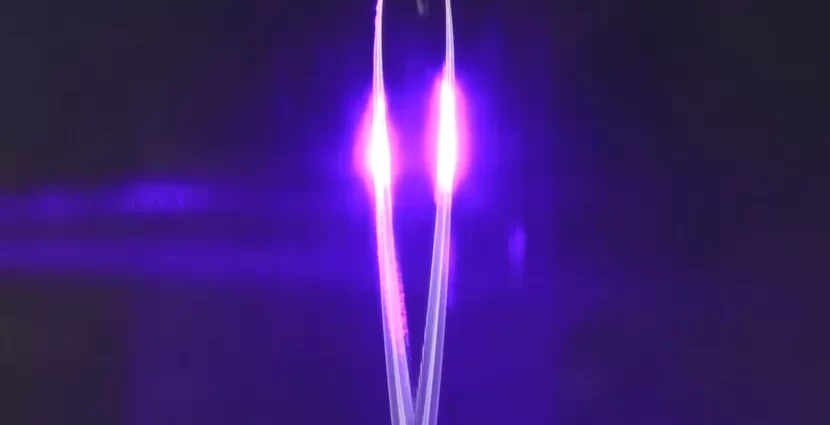Researchers at Ruhr University Bochum, Germany, have evolved an ultra-rapid water-primarily based totally transfer. A quick however effective laser pulse converts the water right into a conductive country inside much less than a trillionth of a 2nd (10-12 seconds), in the course of which period it behaves nearly like a metal. This makes it quicker than the quickest acknowledged switching velocity of a semiconductor to date. Adrian Buchmann, Dr. Claudius Hoberg, and Dr. Fabio Novelli from the Ruhr Explores Solvation Cluster of Excellence RESOLV posted their findings withinside the magazine APL Photonics on 6 December 2022.
The laser makes water behave like a high-speed switch
All the operations of computer systems and smartphones are primarily based totally on circuits. The velocity at which an aspect can transfer among the states 0 and one, in the end, determines how rapidly a laptop can run. Modern computer systems use semiconductors that make electric switching possible. “They are inherently confined of their velocity,” explains Claudius Hoberg.
Together with his colleagues, he has unveiled a probable novel technique for water-primarily based totally circuits. The water wherein the researchers had dissolved iodide ions – salt water, in different words – is fanned out through a customized nozzle in order that it streams as a flattened jet with a thickness of just a few micrometers. “Think of it like squeezing a gardening hose to make the jet of water extensive and flat, best on a far smaller scale,” explains Hoberg.
A quick but effective laser pulse is then directed via this water jet. The laser frees electrons from the salt dissolved withinside the water in order that the water will become all of sudden conductive at terahertz frequencies, showing houses much like the ones of a metal. The quick length of the laser pulse of 10-14 seconds turns the water into an ultra-rapid transfer. “A velocity of 10-12 seconds become discovered withinside the terahertz range,” says Claudius Hoberg. A 2nd laser probes the country of the water.

